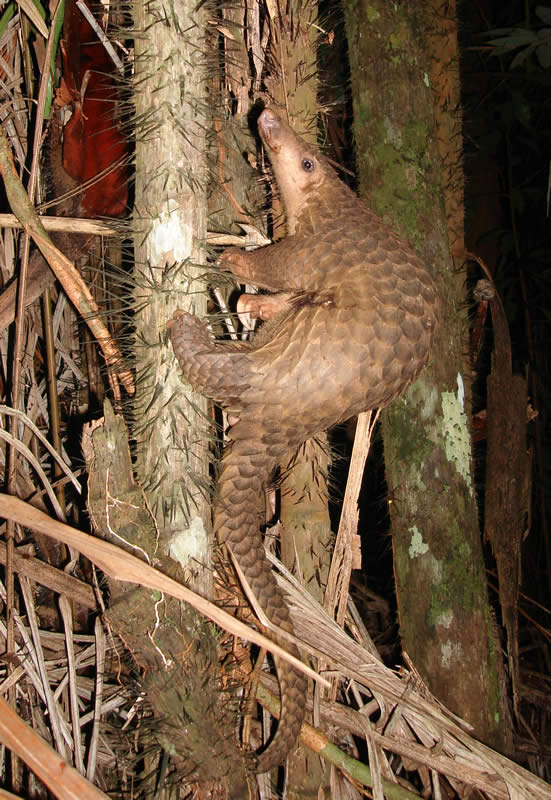Facts About Malayan Pangolin
The Sunda pangolin, also known as the Malayan or Javan pangolin, is a captivating species native to Southeast Asia. This pangolin thrives in forested environments and spends much of its time in trees. While it shares a close relation to the Palawan and Chinese pangolins, it distinguishes itself by being larger and lighter in color. Notable features include granular skin on its feet, robust claws for digging, and a long, sticky tongue ideal for consuming ants and termites.
In terms of behavior, Sunda pangolins are solitary and nocturnal creatures, preferring to be active at night. They tend to be reclusive, each individual keeping to itself. Mothers typically give birth to one or two offspring annually and care for them in winter burrows. When threatened, these pangolins curl into a tight ball to shield themselves from predators. Their primary predators are humans, tigers, and clouded leopards. Regrettably, humans represent the greatest threat due to poaching and the illegal wildlife trade, putting the species at critical risk of extinction.
There has also been some speculation about pangolins in relation to infectious diseases. A viral nucleic acid sequence resembling that of SARS-CoV-2 was identified in a pangolin sample, fueling discussions about their potential role in the genesis of coronaviruses. Nonetheless, the genetic connection between pangolins and SARS-CoV-2 remains unproven. Despite legal protection under Chinese law, pangolins continue to be poached for traditional medicine.
On the conservation front, the Sunda pangolin, along with other pangolin species, is listed under CITES Appendix I, which prohibits international trade of these animals. Conservation efforts have intensified due to their susceptibility to exploitation. These measures are essential to ensuring that these unique creatures do not vanish from our planet.

 Malaysia
Malaysia